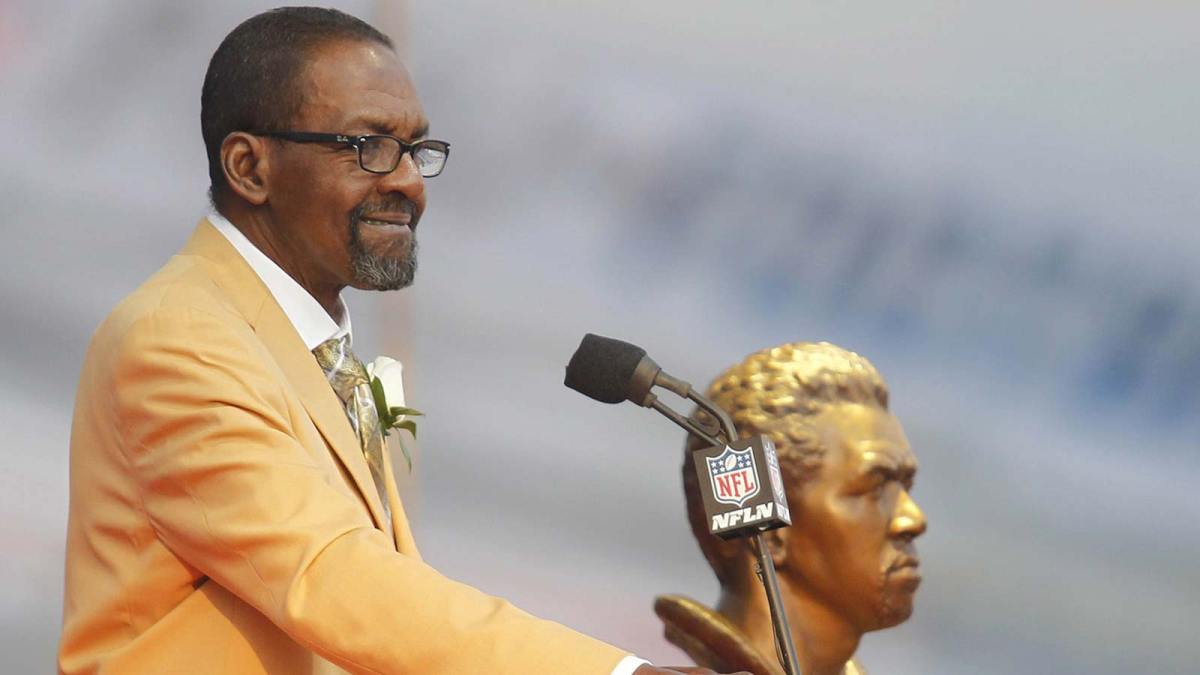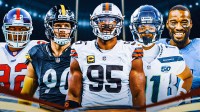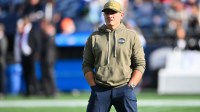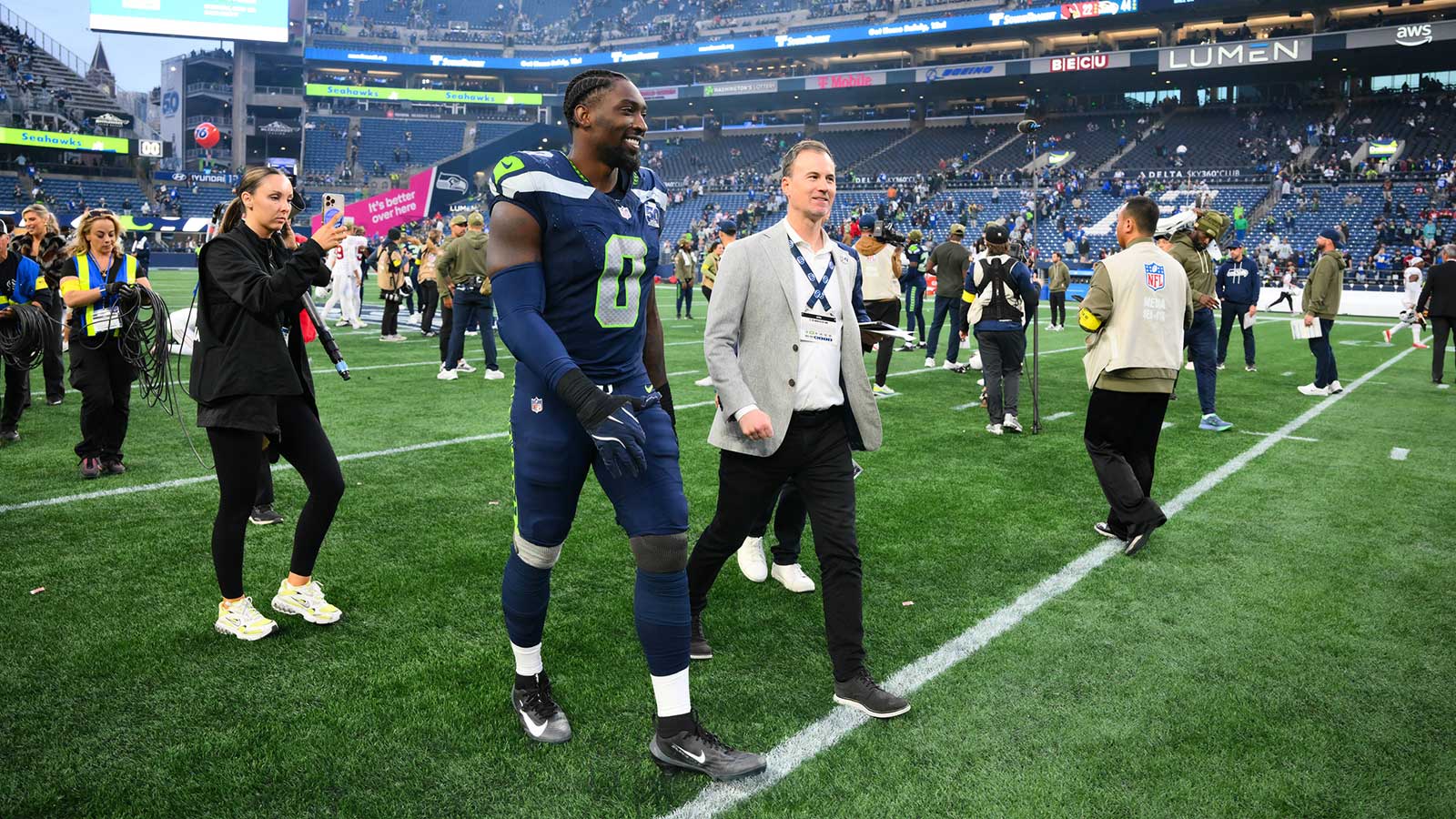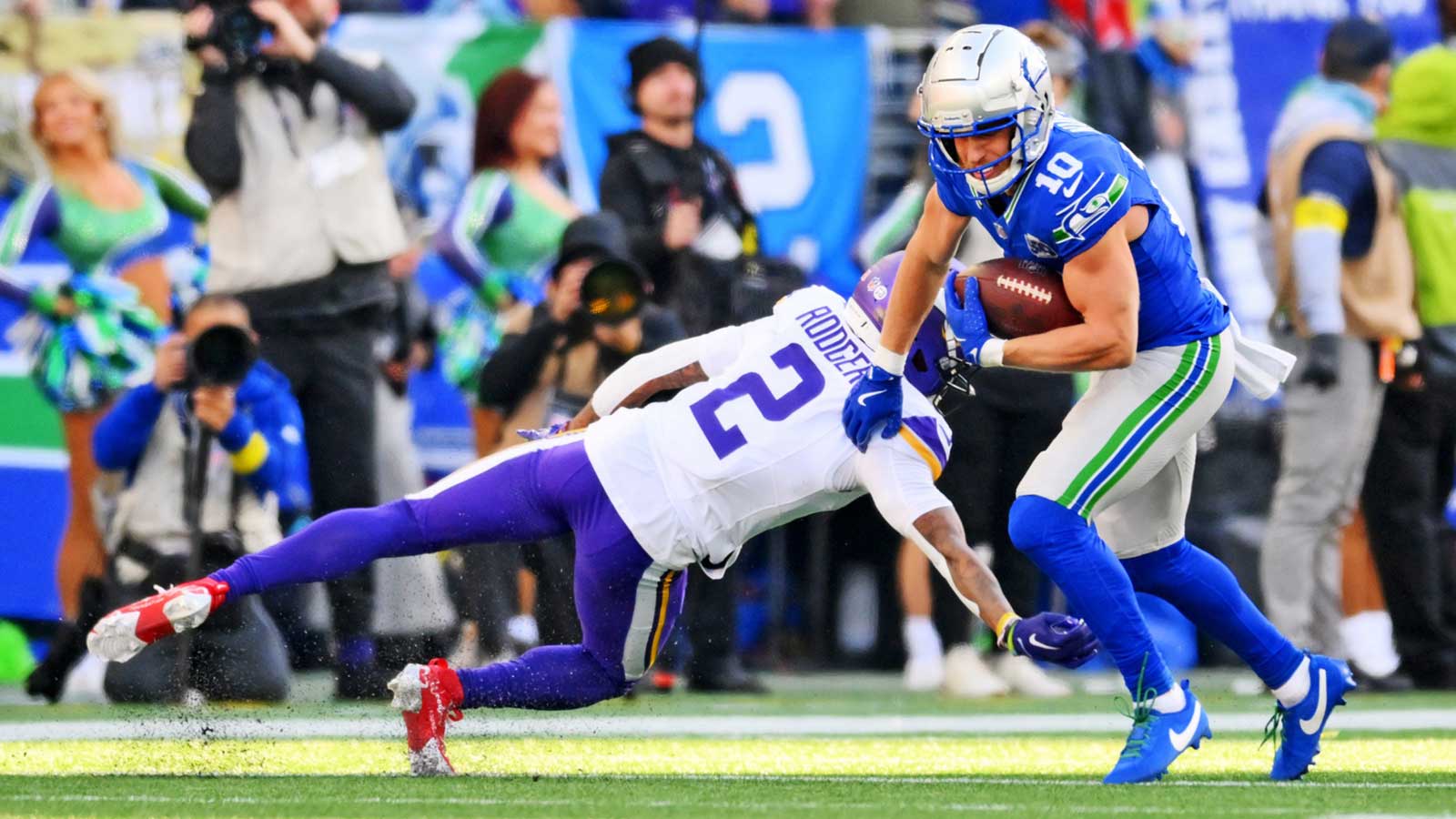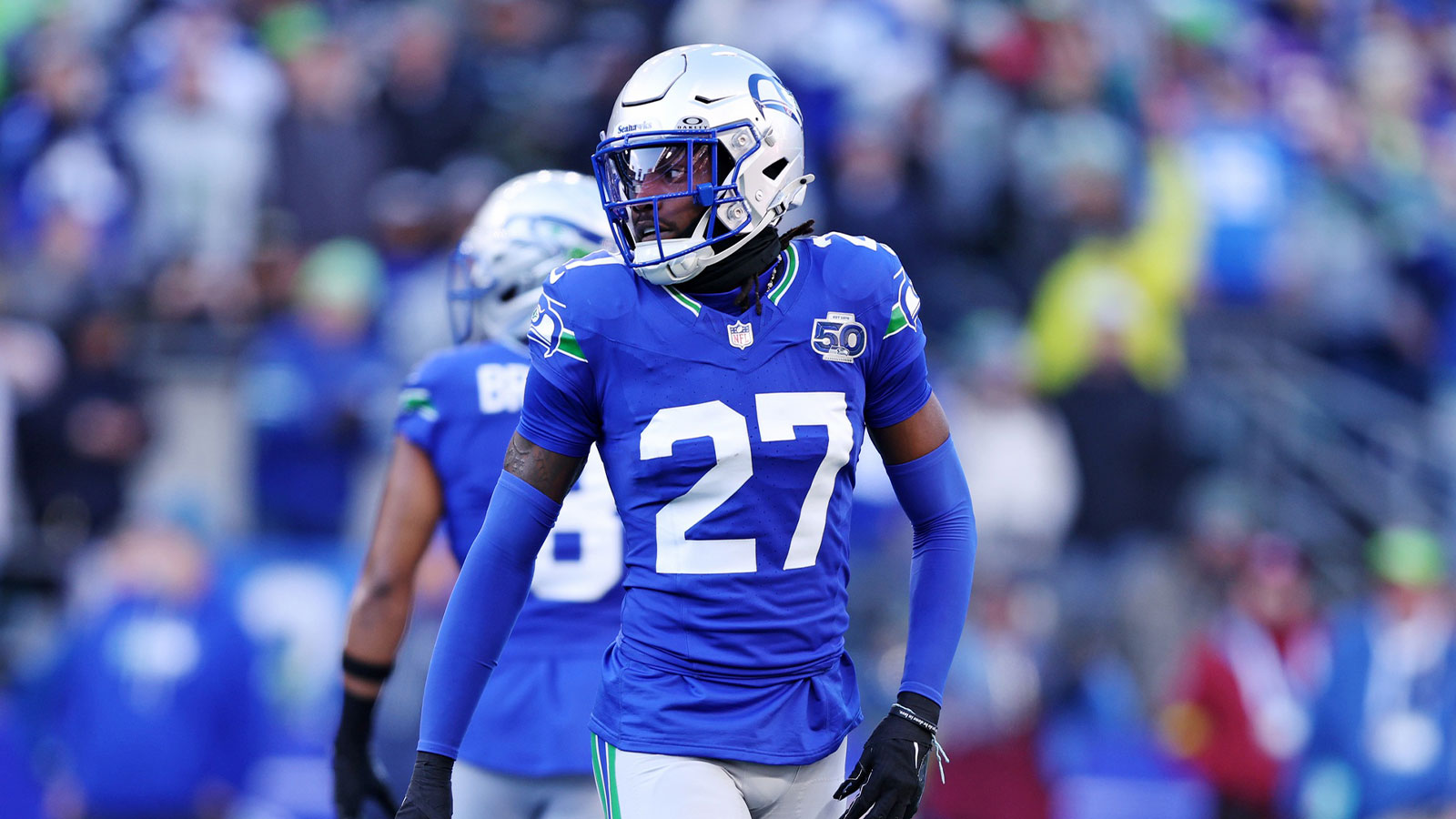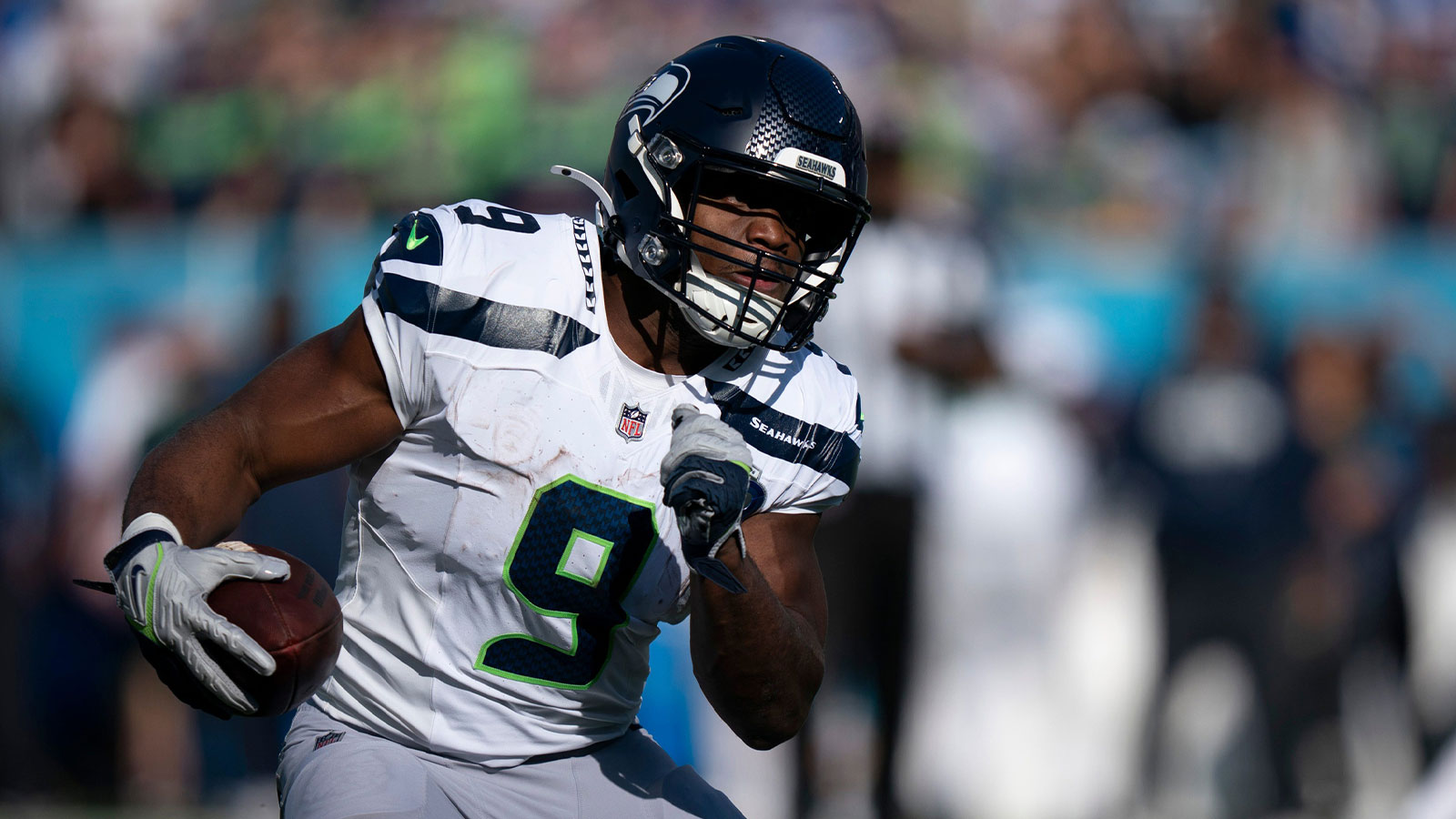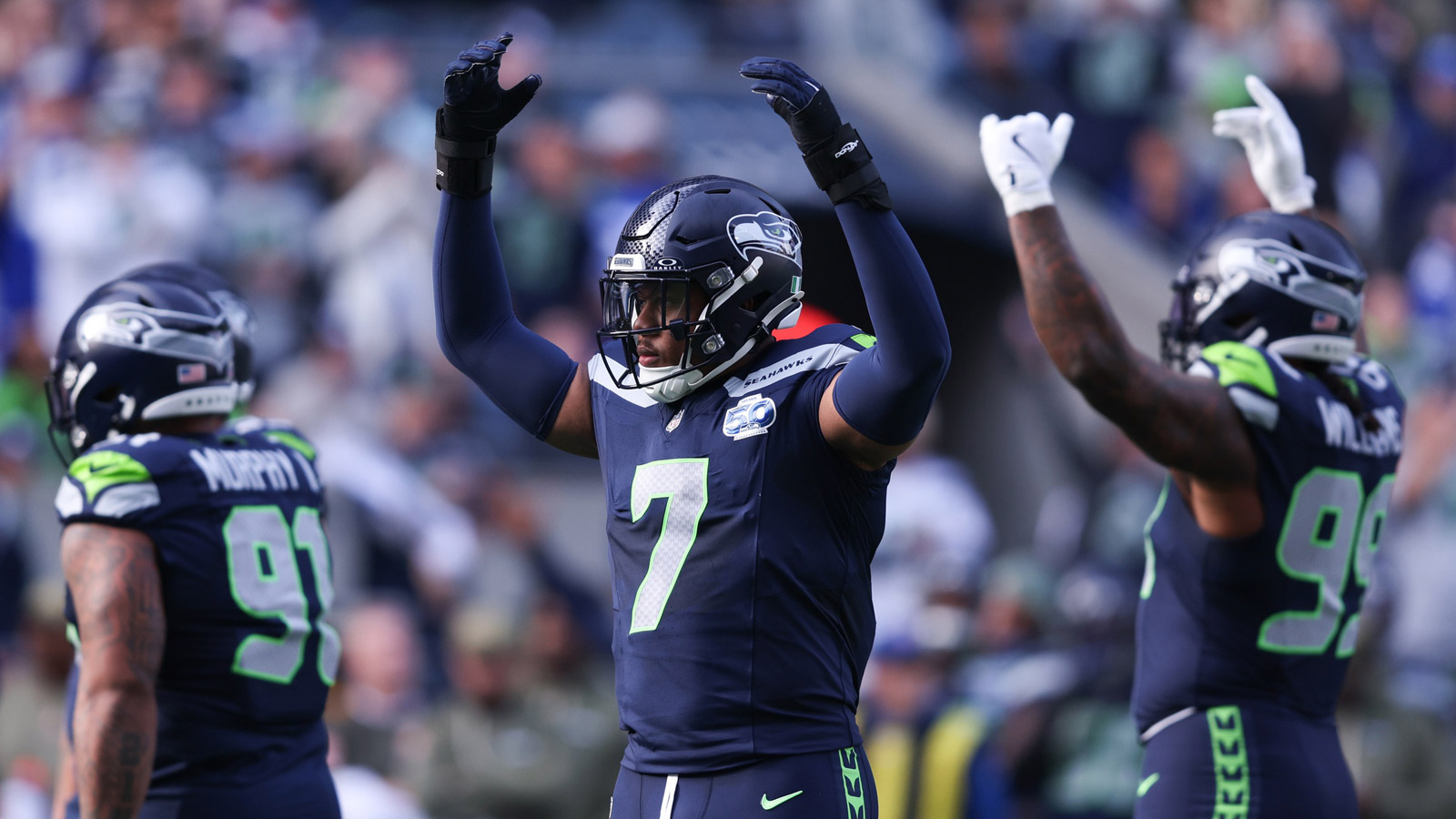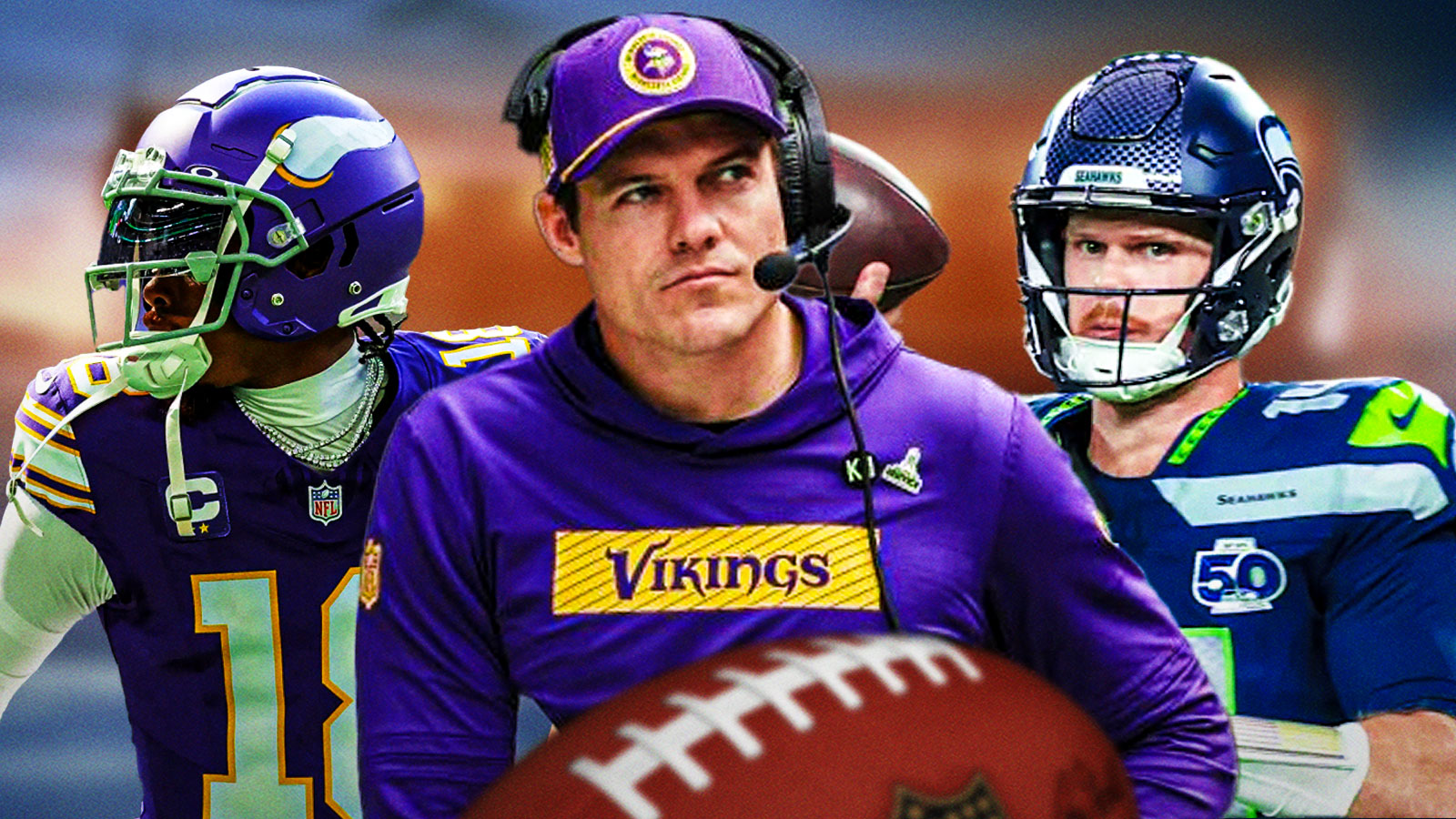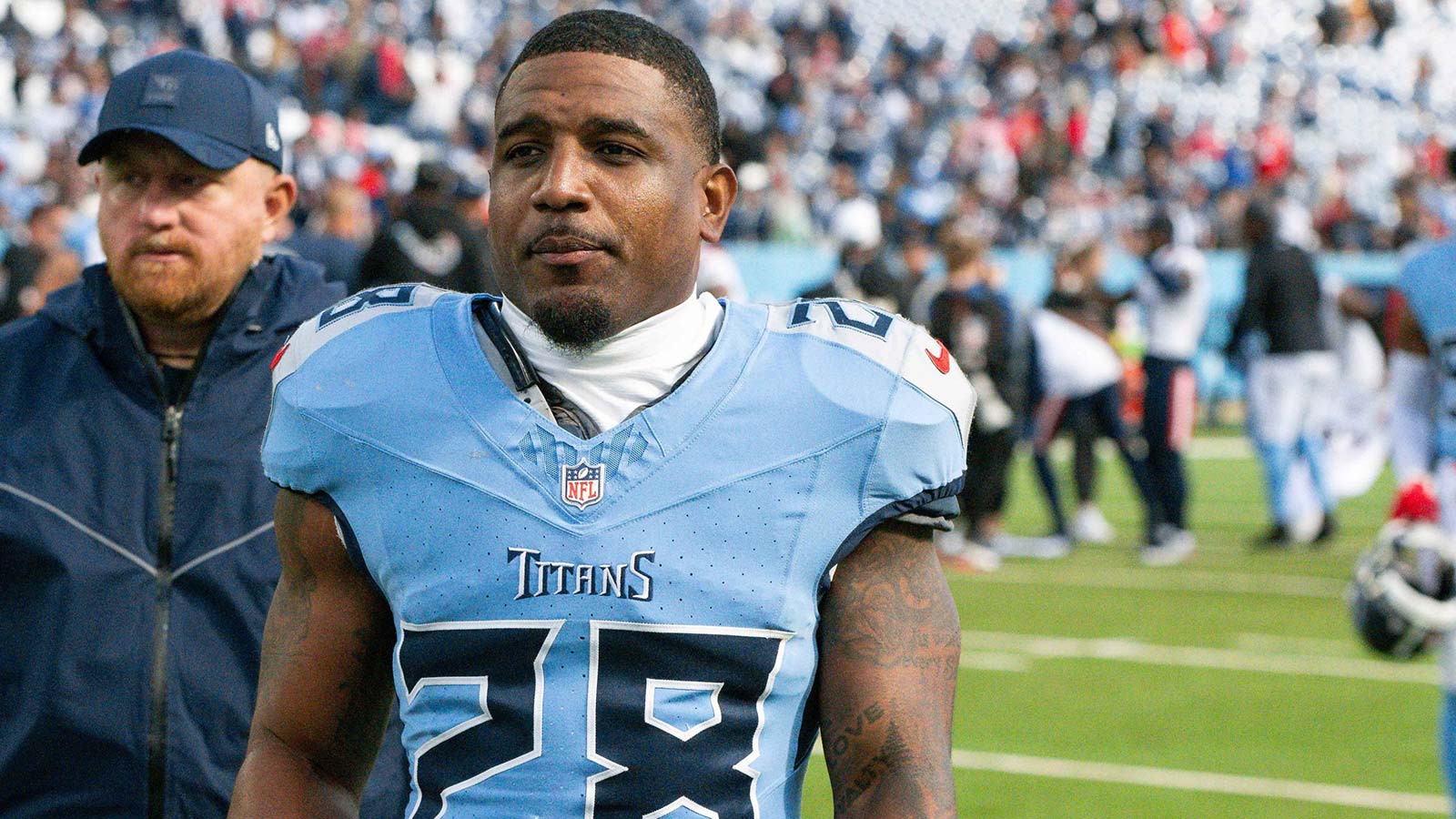Kenny Easley did not have a long career in the NFL, but the Seattle Seahawks safety was one of the greatest players from his generation and he earned a reputation as one of the hardest hitters the game has ever seen from the secondary. Easley died late Friday at the age of 66, and he ranked with Ronnie Lott, Dick “Night Train” Lane, Ken Houston and Ed Reed as one of the greatest safeties to ever play in the NFL.
RIP Kenny Easley, an all-time great talent even by #NFL standards. Here is what @RonnieLottHOF said about him during 2002 conversation. pic.twitter.com/zlimTVYZVv
— Mike Sando (@SandoNFL) November 15, 2025
Easley played for the Seahawks from 1981 through 1987 before a significant kidney ailment put an end to his career. However, he was a bright light on the field from the start of his career.
He was the NFL's defensive player of the year in 1984, a five-time Pro Bowler and a 3-time first-team All-Pro. Easley was a member of the NFL's All-Decade team in the 1980s. He was voted into the Hall of Fame in 2017, 30 years after his last game.
Prior to his NFL career, Easley was one of the greatest college football players in UCLA history, and his great rival at the time was fellow Hall of Famer Ronnie Lott of USC. These two players from rival schools inspired each other to brilliant performances at both the college and professional level. After years of competing against each other, Lott had full respect for the rival that he played against for so many years.
Both Lott and Easley were among the hardest hitters and instinctive safeties the game has ever seen. The 49ers Hall of Famer compared Easley to Lawrence Taylor and Jack Tatum when it came to intimidating opponents.
“Kenny could do what Jack Tatum could do, but he also do what corners could do,” Lott said, per Hall of Fame voter Mike Sando of The Athletic. “In that day, what made him so special, was that he and Lawrence Taylor changed the game on he defensive side — and not just because they were big hitters. All of a sudden, you were seeing guys who were big hitters, but also as athletic as anyone.”
Easley put brilliant numbers on the board
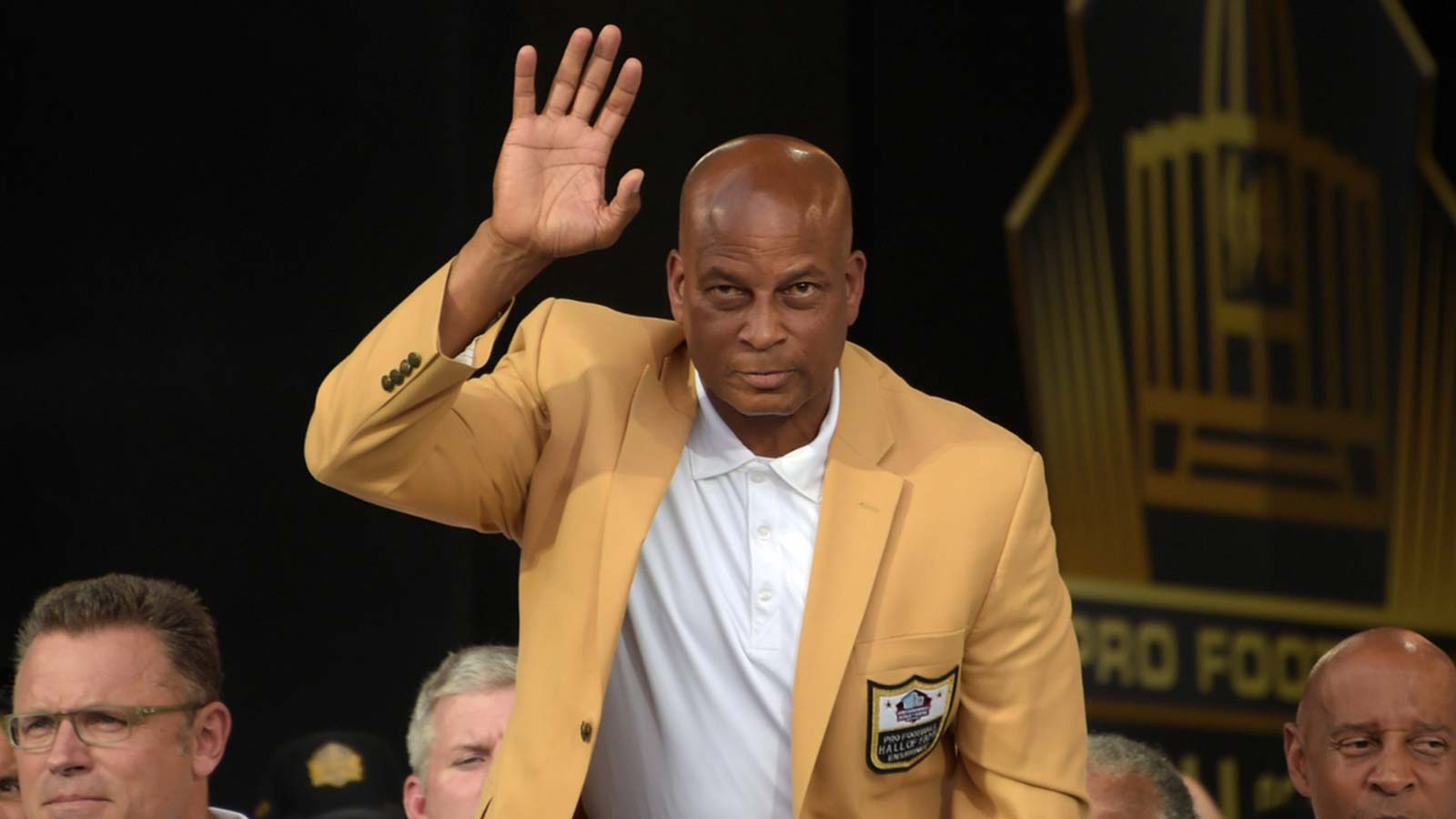
Easley had tremendous size for the safety position at 6-3 and 206 pounds. In addition to his size, he was fast and instinctive on the field. He could turn on his speed to stay with elite receivers when he was called on for coverage. However, it was his hitting ability that was the key to his brilliance on the field.
Easley put his imprint on the Seahawks defense during his rookie season as he started all 14 games at strong safety and had 3 interceptions, including 1 for a touchdown. He also had four fumble recoveries that season.
His best season came in 1984 when when he had 10 interceptions, including two that he returned for touchdowns. He forced 3 fumbles that season with his bone-crunching hits and had one fumble recovery.
The Seahawks had a 12-4 record that season in the AFC West, and he was the best defensive player on the team by a wide margin.
Easley and the Seahawks were a brilliant match
Easley was the No. 4 pick in the first round of the 1981 draft. Seahawks head coach Chuck Knox had taken note of Easley's aggressiveness and skill during his brilliant career at UCLA. Easley had 18 interceptions while playing for the Bruins and was an All-American player from 1982 through 1984.
Easley's punishing hits got Knox's attention, and the coach believed that Easley would become a game-changing player for the Seahawks. The Seahawks showed steady improvement during Easley's first four years with the team.
After a 6-10 season in his rookie year, the Seahawks improved to 4-5 during the strike-shortened 1982 season. The Seahawks were a playoff team in 1983 with a 9-7 record, advancing all the way to the AFC Championship game against the eventual Super Bowl champion Los Angeles Raider. They were 12-4 in 1984 and once again a playoff team. The Seahawks would also make the the postseason in Easley's final year of 1987.

